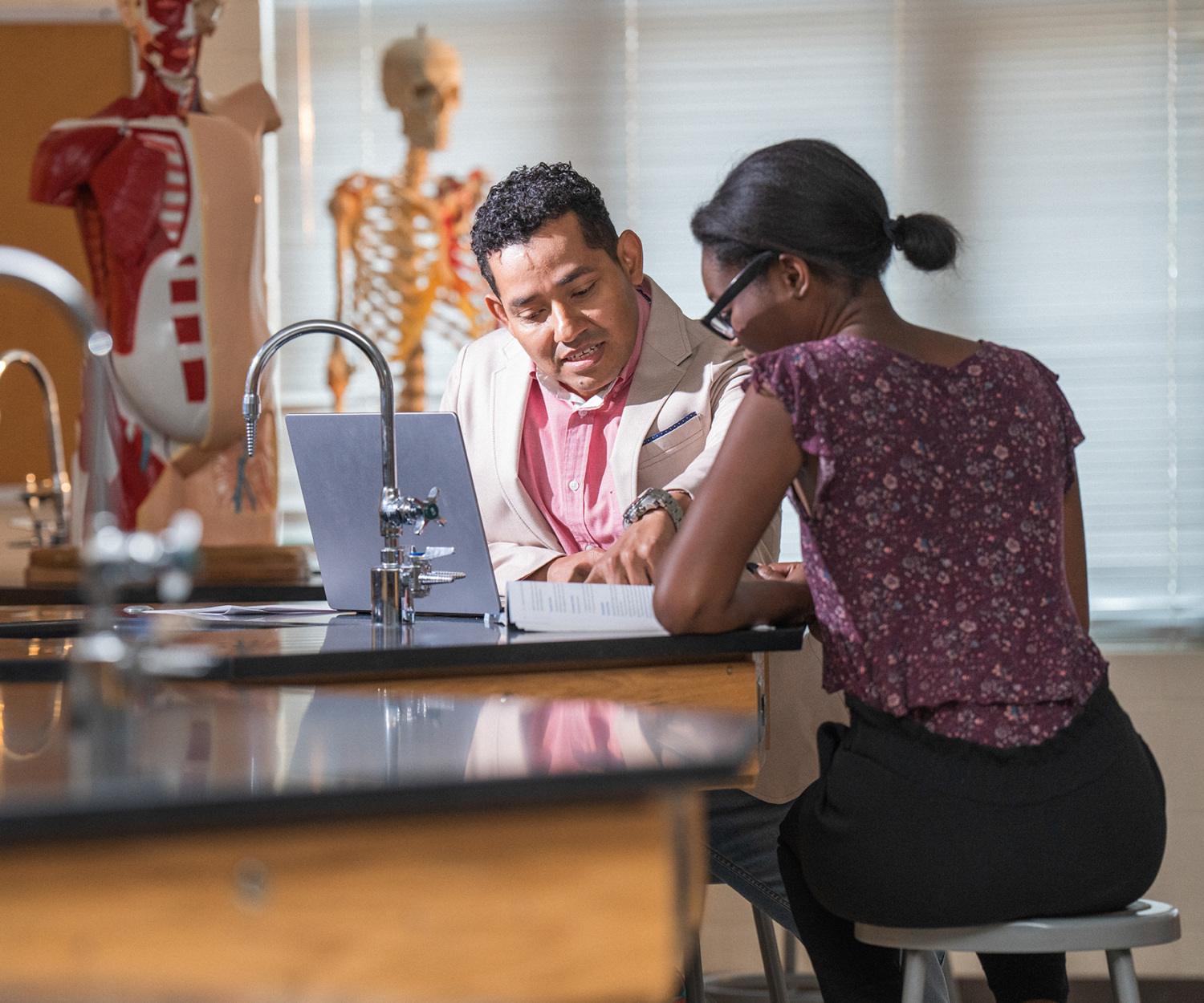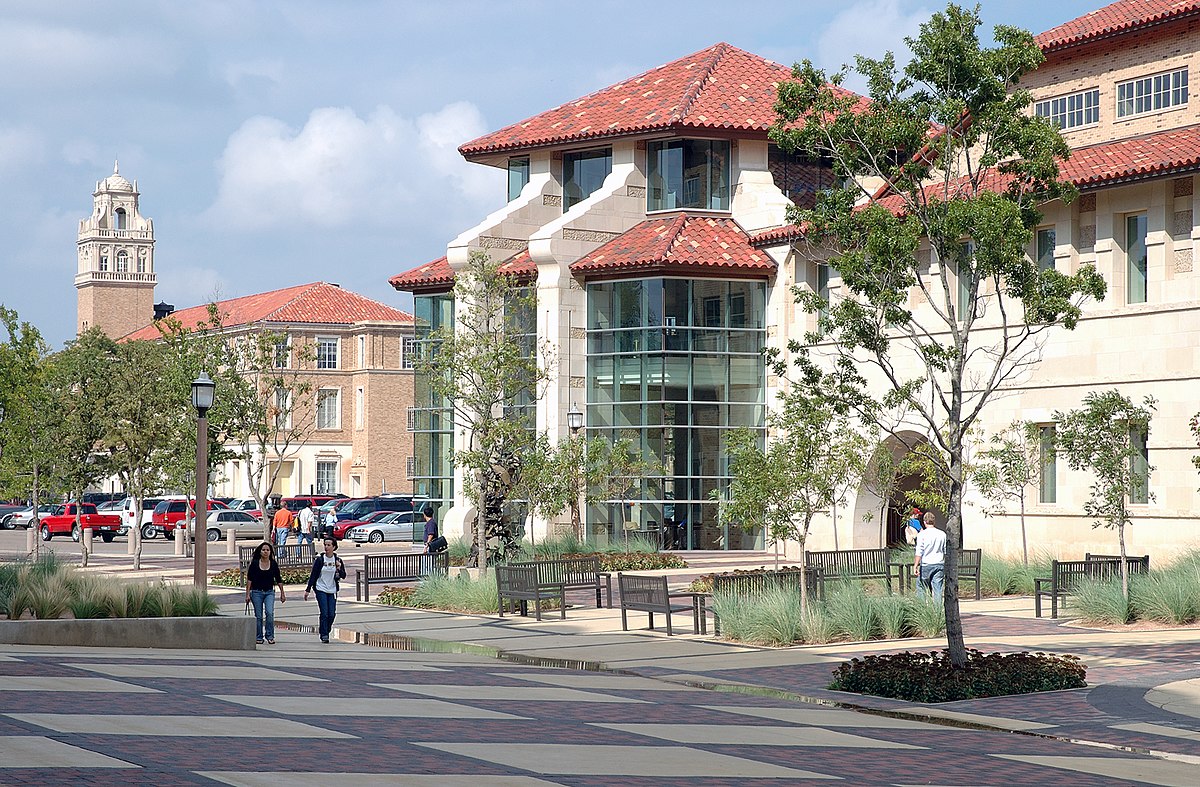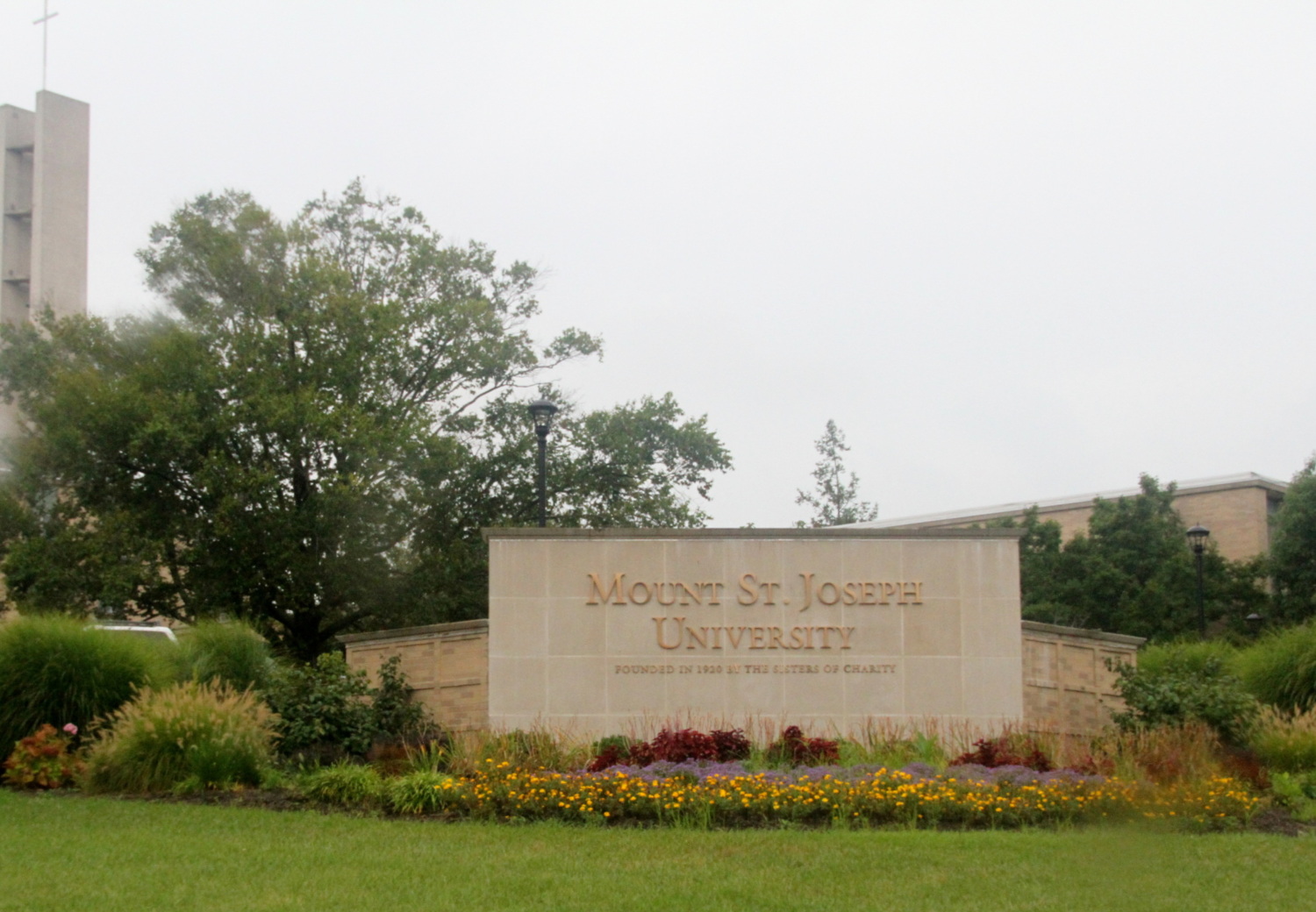
Why this matters
Student teaching in a high-functioning school (e.g., one with a strong school climate or low teacher turnover) can set student teachers up for greater success when they enter the classroom,1 but there is also value in having a variety of experiences in different school settings, classroom structures, and grade levels. When the characteristics of a student teacher’s clinical practice classroom aligns with their first teaching job (considering factors like students’ socioeconomic status),2 or when they are hired into the schools in which they did their student teaching,3 novice teachers are more effective. When districts host student teachers, those teachers are more likely to get jobs in the district,4 and those districts are less likely to have teacher shortages.5
What the field says
While student teaching can serve as a ripe opportunity to build a hiring pipeline where candidates are better prepared to work with the specific student population, only 23% of prep programs consider which districts are likely to hire in the coming year when determining clinical practice placements. Similarly, less than a third of districts consider anticipated job openings by grade, subject, or school when making placements. However, many prep programs do seek to give candidates experiences that reflect where they may teach. A third of programs report that they place student teachers in multiple placement settings, and nearly half consider alignment with the socioeconomic status of the schools in which student teachers are likely to get their first job.
Key Components and Actions
Meet the case studies
Results


University of Nevada, Las Vegas

US PREP

Spokane Public Schools

Mount St. Joseph University

Chicago Public Schools

Charlotte-Mecklenburg Schools

Beaumont Independent School District
Questions to consider
- Can you identify the schools and subjects likely to have vacancies in the coming year? If not, what data would you need to make those projections and how can you build the system to get it?
- What are the characteristics of schools where first-year teachers tend to work?
- What steps can you take to ensure that student teachers have clinical practice experiences in similar settings to where they’re likely to get their first job?
- How can you intentionally build opportunities for student teachers to experience a range of different settings?
- What are the types of settings that each student teacher should experience?
Resources
Research
Example application to host student teachers
References
- Ronfeldt, M. (2015). Field placement schools and instructional effectiveness. Journal of Teacher Education, 66(4), 304–320. One study found that this held true for novice teachers whose GPAs had been in the bottom quartile: Bastian, K. C., Patterson, K. M., & Carpenter, D. (2022). Placed for success: Which teachers benefit from high-quality student teaching placements? Educational Policy, 36(7), 1583–1611.
- Goldhaber, D., Krieg, J. M., & Theobald, R. (2017). Does the match matter? Exploring whether student teaching experiences affect teacher effectiveness. American Educational Research Journal, 54(2), 325–359; Krieg, J. M., Goldhaber, D., & Theobald, R. (2022). Disconnected development? The importance of specific human capital in the transition from student teaching to the classroom. Educational Evaluation and Policy Analysis, 44(1), 29–49.
- Ronfeldt, M., Matsko, K. K., Greene Nolan, H., & Reininger, M. (2021). Three different measures of graduates’ instructional readiness and the features of preservice preparation that predict them. Journal of Teacher Education, 72(1), 56–71.
- Krieg, J. M., Theobald, R., & Goldhaber, D. (2016). A foot in the door: Exploring the role of student teaching assignments in teachers’ initial job placements. Educational Evaluation and Policy Analysis, 38(2), 364–388.
- Goldhaber, D., Krieg, J., Naito, N., & Theobald, R. (2021). Student teaching and the geography of teacher shortages. Educational Researcher, 50(3), 165–175.

